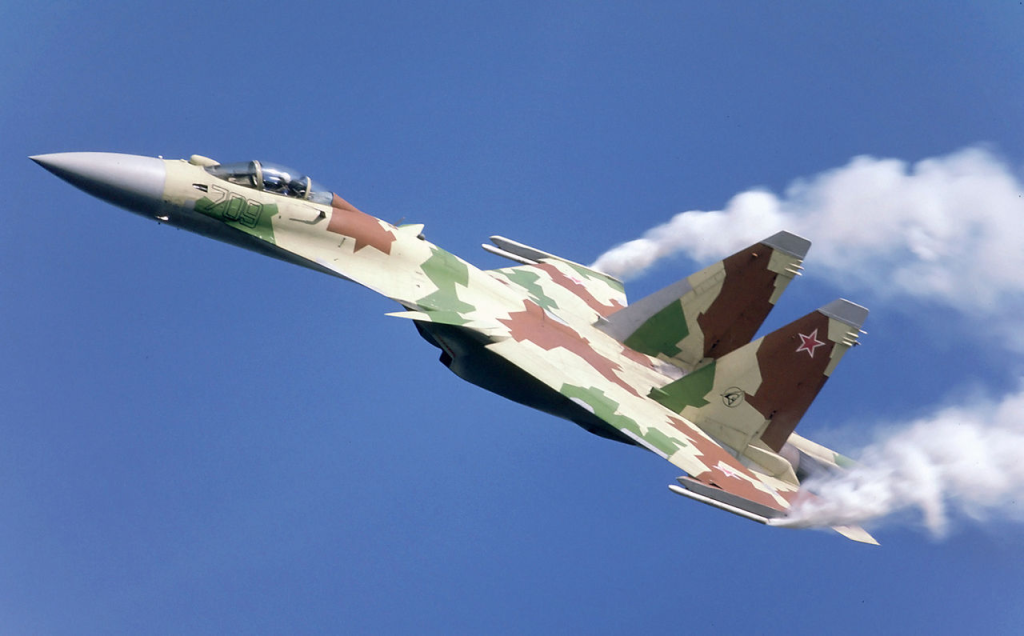
“Range is nothing without detection.” That bitter truth from experienced pilots summarizes the irony at the heart of the Su-35’s fighting profile. Russia’s top 4++ generation fighter boasts sizzling speeds, insane maneuverability, and a heavy weapons package, but in trying to engage in beyond visual range (BVR) combat, it’s often outflown by Western jets.
The last decade has stripped away layers of marketing hype around the Su-35 with both operational experience and expert analysis. Although its supermaneuvrability and missile load make it a dangerous foe in close-range combat, radar constraints, missile-utilization limits, and working on countermeasures have exposed vulnerabilities in long-range combat.
This listicle examines seven essential points that guide the Su-35’s performance compared to Western fighters, applying combat reports, radar physics, and missile employment doctrine to show how the Flanker-E’s advantages shine at within visual range (WVR) but lose their luster at range.

1. Legacy Airframe, Modernized Systems
Su-35 is a heavily upgraded version of Su-27, featuring blended wing-body aerodynamics, thrust-vectoring engines, and reduced radar signature. These features enable high supersonic speed, increased range, and operation as part of coordinated battle groups. United Aircraft Corporation emphasizes its integrated information-management system and multi-channel electronic warfare suite, permitting simultaneous air-to-air and air-to-surface missions.
But despite all these advances, the Su-35 remains a non-stealth fighter. Its radar cross section is much bigger than that of fifth-generation fighters, and so is more visible in contested air space. This inherent disadvantage is where the pitfalls of BVR combat with this aircraft begin.

2. Irbis-E Radar: Impressive Specs, Real-World Limits
Officially, the Irbis-E passive electronically scanned array radar has as much as 350 km vision for a 3 m² target in cued search mode. In actual full-volume search, the detection drops to around 200 km and that is against bomber-sized targets. Against smaller fighter-sized targets, the distance reduces even further.
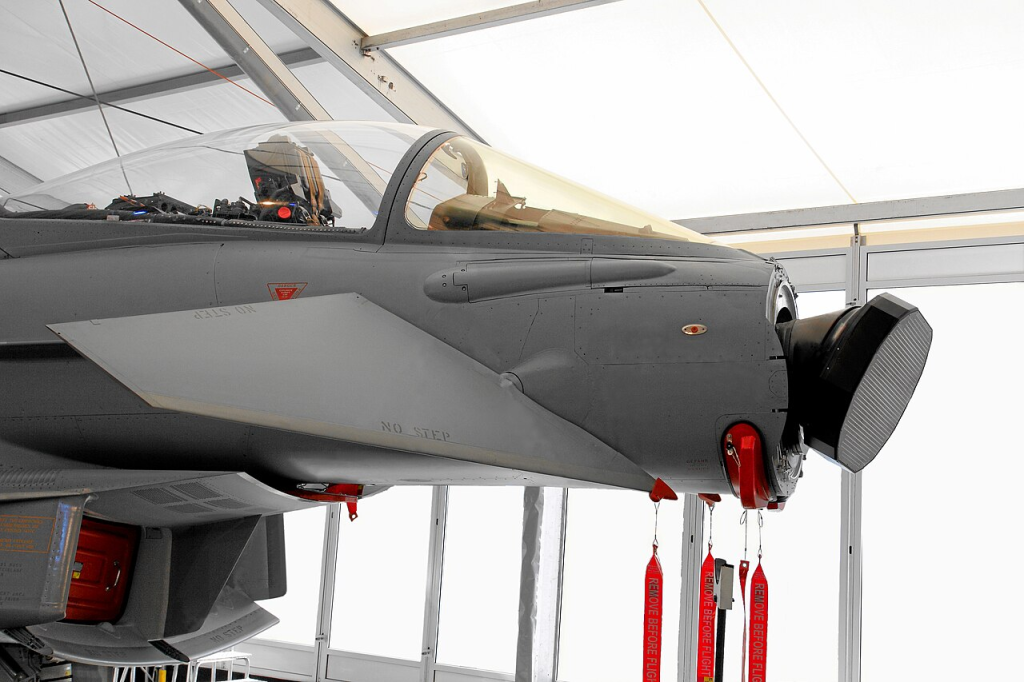
Analyst Abhirup Sengupta tells us that the Irbis-E has a maximum target range of 250 km even for large planes, and its synthetic aperture resolution is comparable to Western radars in the 1980s. Detection against stealth aircraft falls below 50 km, lowering the efficacy of long-range missiles. The lack of AESA technology and sensor fusion features further lowers its competitive edge.
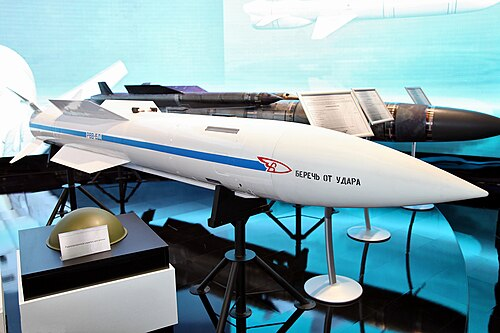
3. The R-37M Missile’s Untapped Potential
The R-37M comes in at a range of over 300 km, Mach 6 speeds, and has the purpose of targeting high-value assets like AWACS and tankers. However, as Erik Wicklund, a retired US Navy Operations Specialist, is quick to note, “Radar-guided missiles aren’t much good without a radar to guide them.” Unless the Su-35 can see a target over 50–70 km away, the missile’s range does not matter.
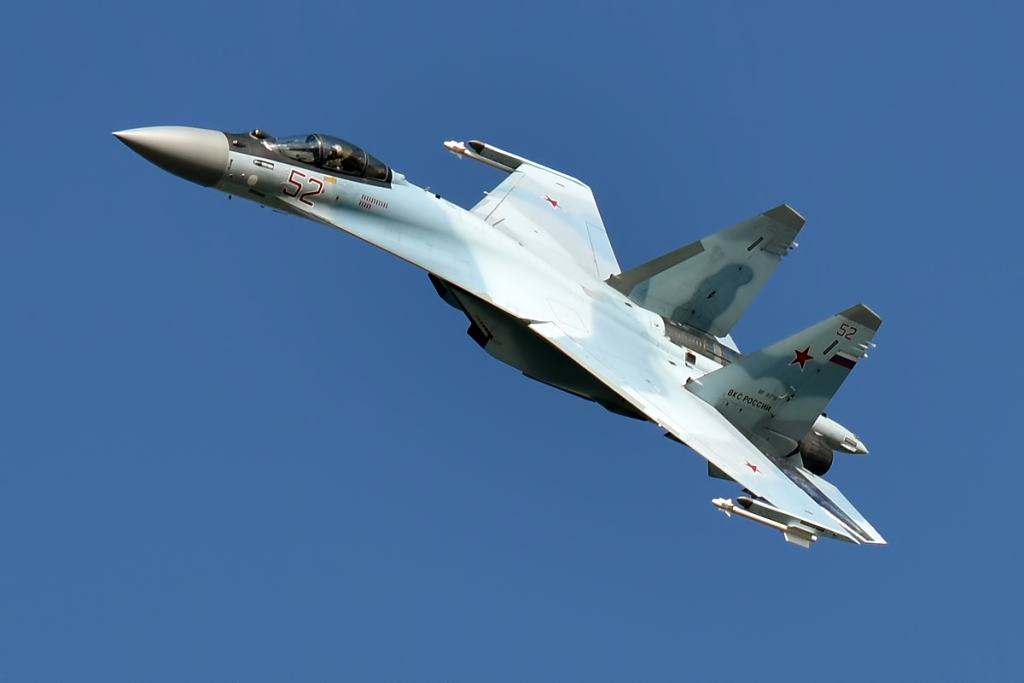
Russian combat experience in Ukraine shows Su-35s shoot R-37Ms from 150–200 km, well short of maximum range, due to Irbis-E limitations. Without third-party targeting from such vulnerable and limited platforms as the A-50U themselves in danger and short supply the missile’s full potential is unused.
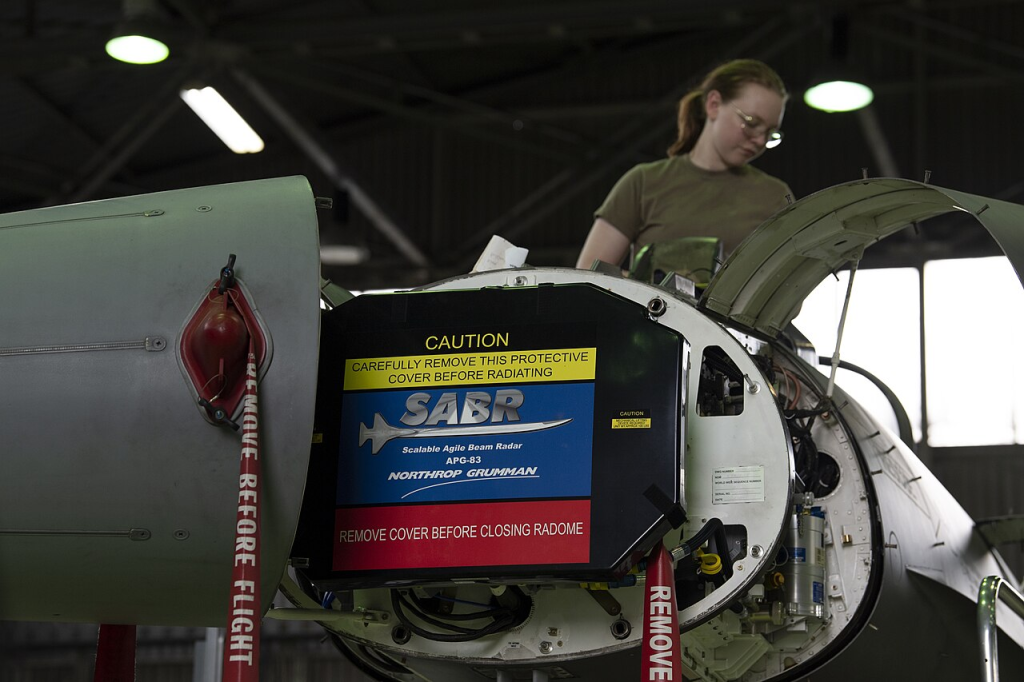
4. Western Radar Dominance in BVR
Western air-to-air jets such as the F-16 with AN/APG-83 AESA radar can conduct realistic searches out to 370 km, and F-15, F-35, and F-22 offer even greater range and jam-resistance. It allows them to detect and engage Su-35s well before they can detect them.
In BVR doctrine, it is the advantage that enables Western pilots to dictate the terms of engagement engaging at standoff ranges or not engaging at all. Wicklund points out that all air combat begins at BVR, and Western design is aimed to win there before any WVR engagement is initiated.
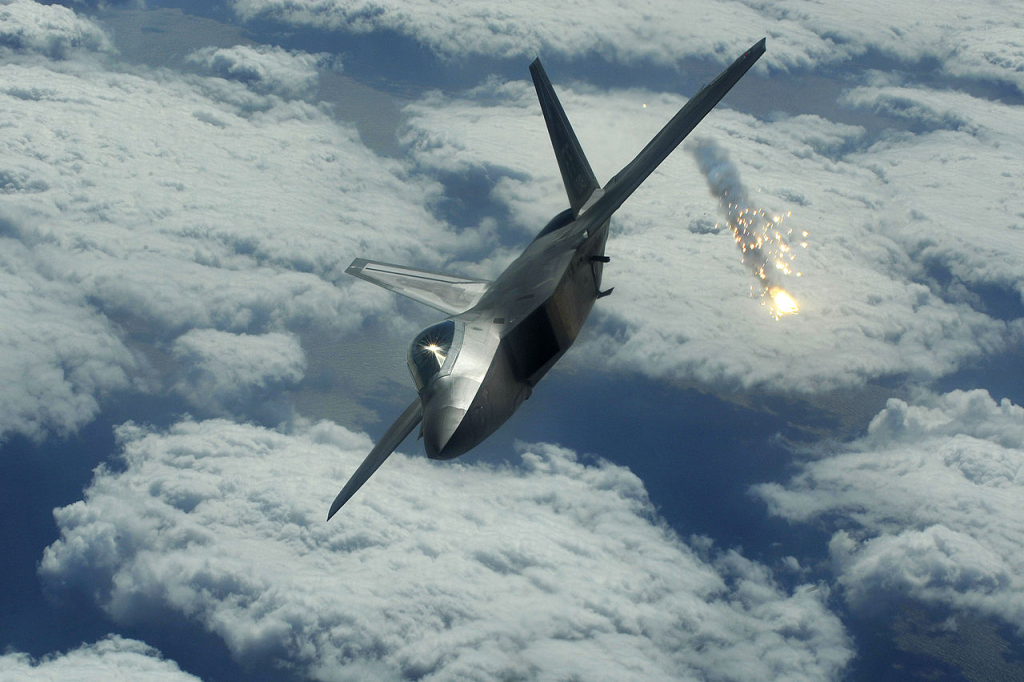
5. WVR Dominance – With the Exception of the F-22
At close range, the Su-35’s thrust-vectoring engines, high off-boresight missile targeting, and twelve-missile carriage capacity make it deadly. Its agility allows for rapid nose-pointing and energy management, giving it an edge over all but the most sophisticated fourth-generation opponents.
But its R-73M/R-74 missiles lack imaging infrared seekers, so off-boresight angles are restricted to 60°, compared with Western AIM-9X or ASRAAM with >90° capability. When pitted against the F-22, whose stealth is combined with supermaneuvrability and advanced WVR missiles, the Su-35 is at a disadvantage.
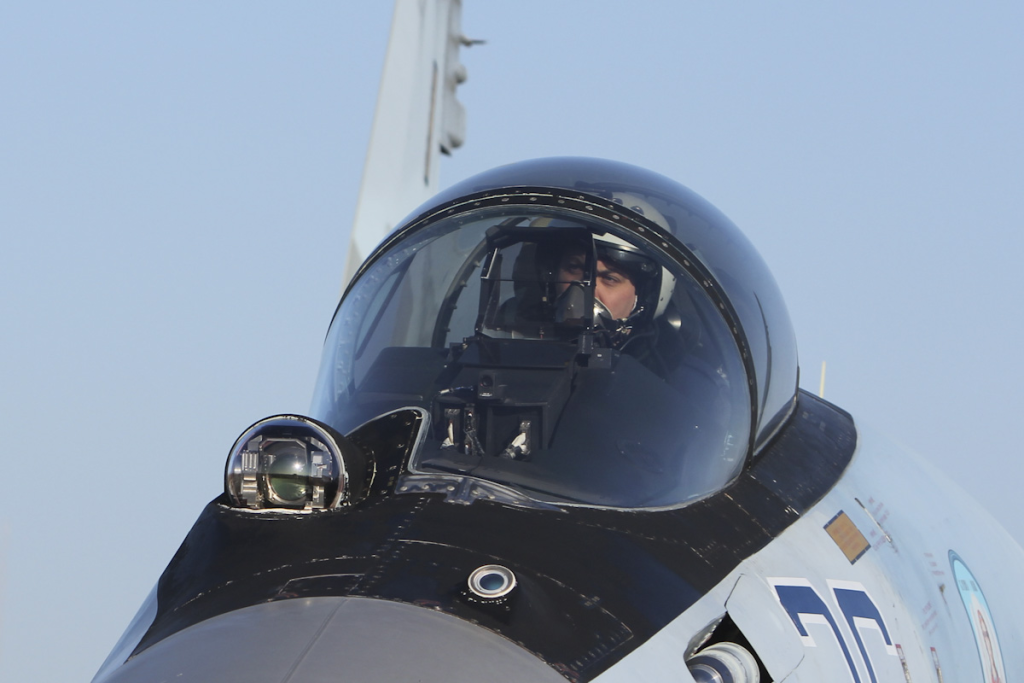
6. Counter-Stealth Measures: IRST and VHF Radars
Russian doctrine employs infrared search and track (IRST) systems like the OLS-35 and VHF-band radars like the 1L119 NEBO SVU to counter stealth. IRST can detect an F-35 30–35 km from the front and up to 100 km from the rear in the best conditions using engine heat signatures.
VHF radars can prompt the Irbis-E to search more tightly, but with the price of added detection range. VHF systems are too imprecise for missile guidance, and IRST’s non-scanning sensors can only follow considerably fewer targets than comparable Western platforms. These sensors make stealth operations more complicated but fail to remove the Su-35’s detection disadvantage.

7. Operational Reality and Tactical Adaptation
In Ukraine, Su-35s have forced adversary aircrews to descend to ridiculously low altitudes in a desperate bid to escape R-37M misses, laying them open to ground-based anti-aircraft guns. Yet, the aircraft itself has survived testing, with manufacturer grudgingly admitting that performance in enemy airspace has not been as great as hoped.
Future combat with incoming Ukrainian F-16s armed with AIM-120D missiles sporting 160 km-plus ranges will likely render the Su-35’s standoff advantage moot. The developing threat profile may prompt Russian forces to become more reliant on coordinated sensor arrays and AEW&C, but attrition of A-50 aircraft is a significant limiting factor.
The Su-35 remains Russia’s top fighter, merging brute aerodynamic capability with heavy weapon carriage. In WVR combat, it can overwhelm the majority of fourth-generation enemies, but in BVR combat, constraints of its radar and use of missiles limit its effectiveness against Western AESA-radar-equipped fighters. With ongoing development toward networked, beyond-visual-range engagement, the Flanker-E’s own future effectiveness will not only be a function of its onboard systems, but of the resilience and geography of sensor and command networks upon which it will ultimately rely.


